This 52-Foot-Long ‘Book Of The Dead’ Was Found Buried In A Coffin In Egypt
The continued exploration and uncovering of ancient societies will always prove to be a fascinating endeavor, as we can learn just as much from our humanity's past as we can from developments of its future.
As new sites are uncovered, so are new artifact finds, including ones that continue to open our eyes regarding how ancient civilizations dealt with the ever-present human problem of death. Like people today, some feared it, some revered it, and the ancient Egyptians, they knew how to prepare for it.
Tap into the 4,000-year-old science of Numerological Analysis with a FREE Numerology video report!
That's right, the numerology of your birth date, regardless of your Zodiac sign, can help you discover detailed information about who you truly are and what is hiding in your subconscious. You won't believe how accurate it is!
Ancient Lessons
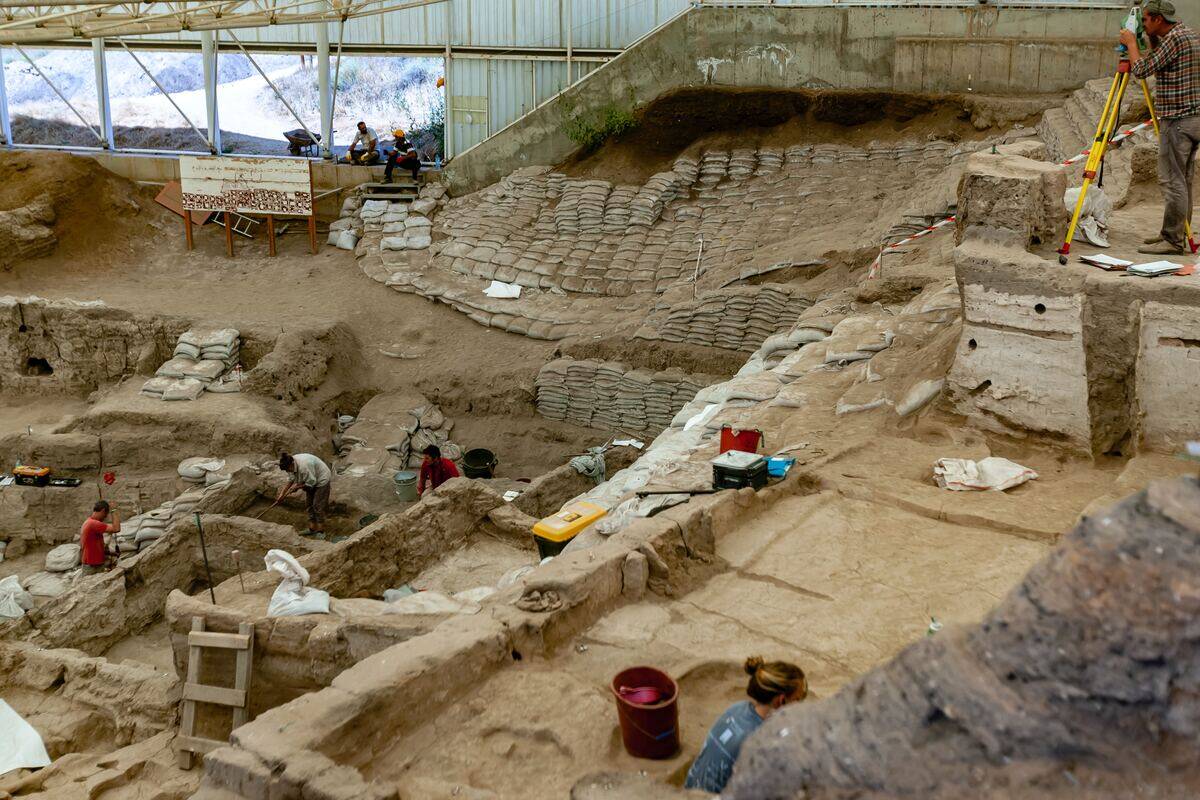
Archaeology is an invaluable art form that helps us understand how ancient civilizations lived, worked, and interacted with the world. By digging and examining the artifacts left behind by these civilizations, archaeologists can piece together their stories and better understand the societies that created them.
Archaeology can also provide insight into how cultures evolved and changed over time, witnessing how social behaviors around life events shift. A fascinating point to watch is how ancient civilizations treated death, especially ones who had extremely elaborate rituals surrounding death, like the ancient Egyptians.
Surprisingly Intact
For the first time in a century, a full 'Book of the Dead' papyrus script has been uncovered by a team of archaeologists in Egypt.
The book was found at a dig site in Saqqara, in a coffin that was buried in a tomb south of the Step Pyramid of Djoser. The book itself is a 52-foot-long single piece of papyrus that contain sections from the original, full Book of the Dead. It's believed this piece is over 2000 years old.
A Rich History
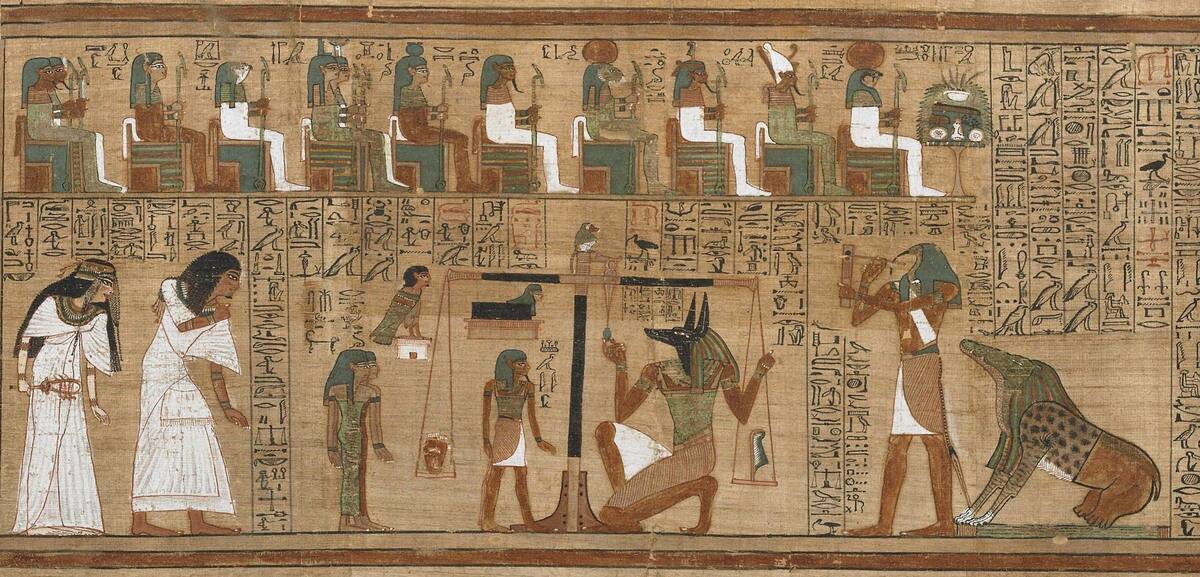
Many different texts from the Book of the Dead are often singled our and rerecorded as part of ancient Egyptian funerary traditions, being sealed with those who have passed for a number of reasons depending on which sections were chosen.
They're hoping analysis of this particular finding will shed some more light on the multitude of complex services and ceremonies the ancient Egyptians conducted on their dead. The excerpt is currently being conserved and translated into Arabic, where it can then be translated into English.
Half Lost To Time
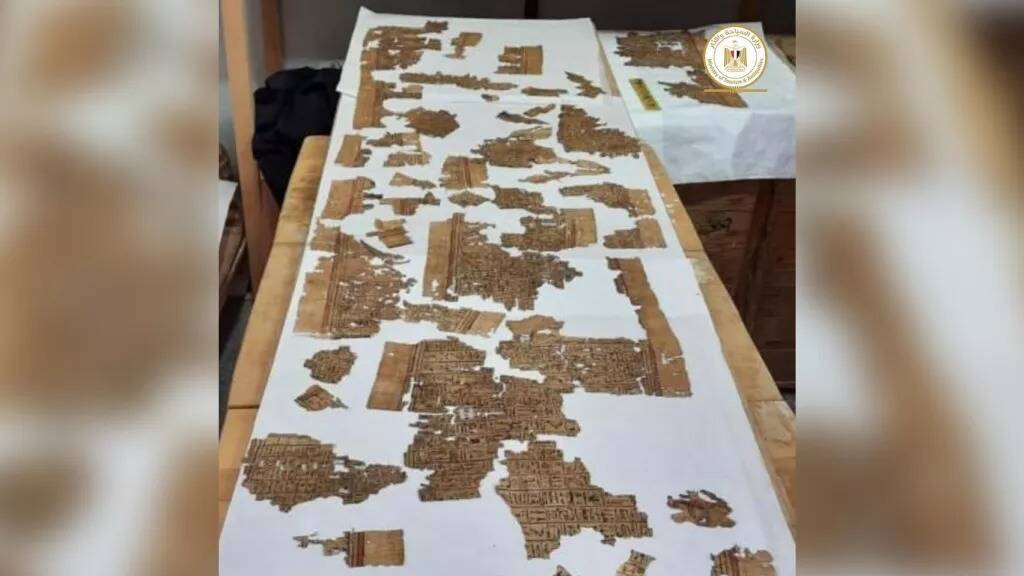
This is the first full papyrus to be uncovered in Saqqara in over 100 years, according to Mostafa Waziry, secretary general of the Supreme Council of Antiquities.
However, just last year, another partial papyrus also containing sections from the Book of the Dead was found in the same spot. In August of 2022, a 13-foot-long fragmented script was found in a burial shaft, this time closer to the pyramid of the pharaoh Teti.
This one even had the name of presumably its owner, a man named Pwkhaef, inscribed on it.
Close To Greatness
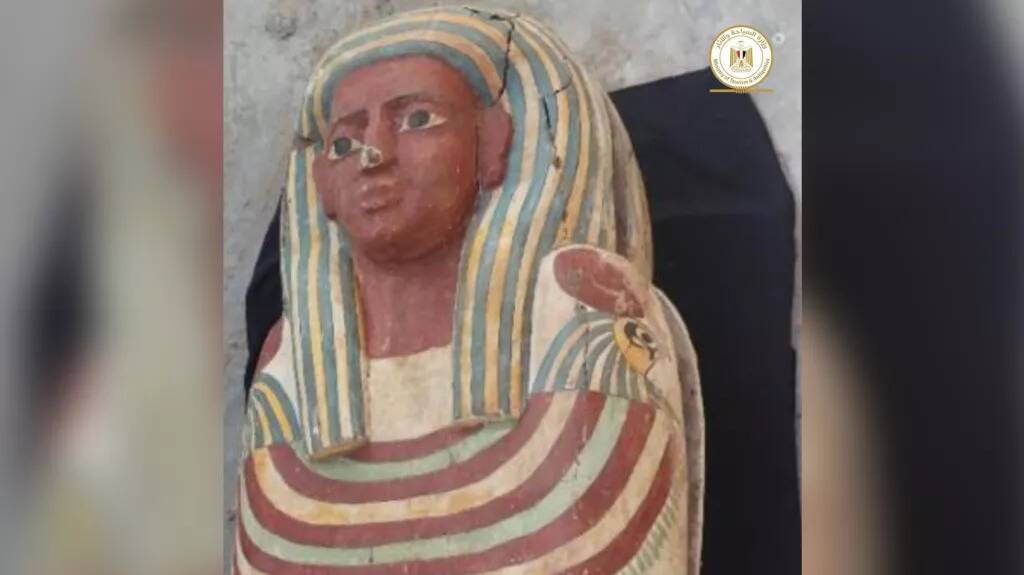
This find was curious, as Pwkhaef appeared to have lived centuries after pharaoh Teti, but it wasn't the first time large gaps between pharaoh tombs and those buried in proximity were unearthed. It's believed that wanting to be buried next to the pyramid of a past ruler wasn't an entirely uncommon wish.
Though less legible than the most recent find, any scrap of the famed Book of the Dead is a great find, as any piece could help bring more sections together and complete the original script. This find is believed to contain the 17th chapter of the book.
One Of Many
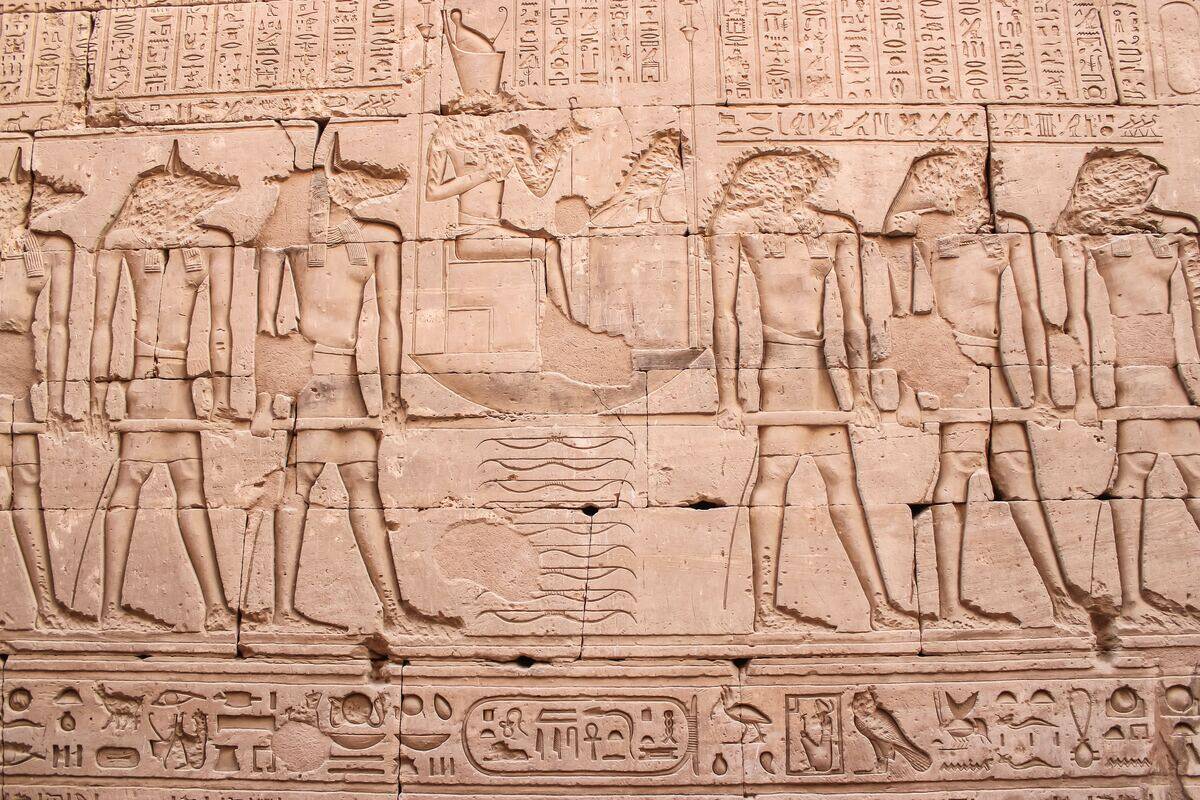
Well, chapter 17 of the series, actually, as the Book of the Dead is really a collective of ancient Egyptian books amassed into one manuscript. People believed the contents of these books had a variety of functions, including assisting those passed in their journey toward the afterlife. They were used especially during what's called the new Kingdom, which was circa 1550 B.C. to 1070 B.C.
And though a 52-foot-long scroll of papyrus seems impressive on its own, this Book of the Dead segment isn't even the longest one to have been found.
A Few Guidelines
Some scrolls containing portions of the Book of the Dead are longer than 98 feet, all rerecorded so the dead could have some sort of record or instruction as to what awaited them now that they had passed.
For example, other copies of the chapter found with Pwkhaef appeared to contain a series of questions and answers that served as a kind of cheat sheet, like an FAQ sheet about navigating the afterlife. These scripts served both as blessings and direct instructional guides.
What Can We Learn?
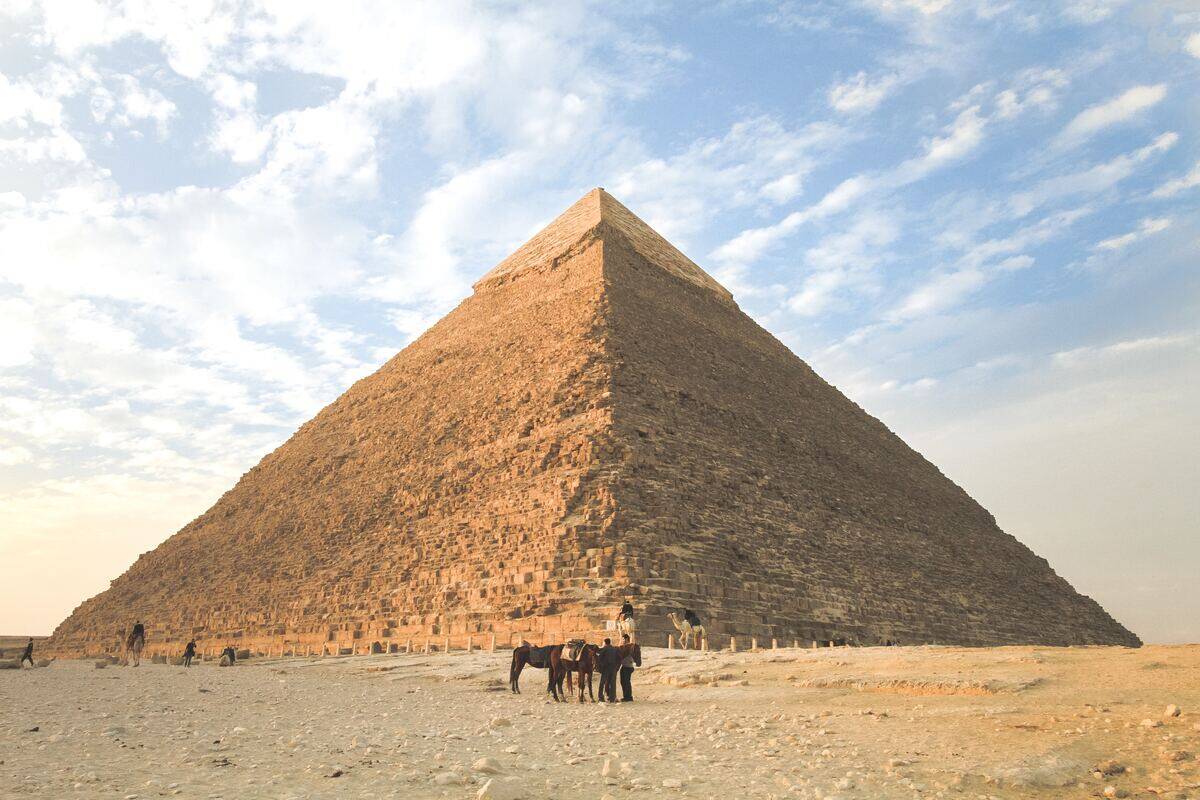
Other things found in in these burial shafts include things like statues of gods, weapons, and board games. It was very common for Egyptian coffins and tombs to be filled with mundane items that their families thought they would want to have in the afterlife, including ways to protect themselves and have fun.
These extravagant rituals and reverence for the act of dying really shows how much the ancient Egyptian people believed in a life after death, and how much they wanted their loved ones to be as comfortable in death as they were in life.
Comparatively, our modern-day dealings with death seem a lot more cold. Maybe we should be approaching death with the same warmth, love, and care as we do life. Perhaps that would lessen our fears around it.
Tap into the 4,000-year-old science of Numerological Analysis with a FREE Numerology video report!
That's right, the numerology of your birth date, regardless of your Zodiac sign, can help you discover detailed information about who you truly are and what is hiding in your subconscious. You won't believe how accurate it is!

